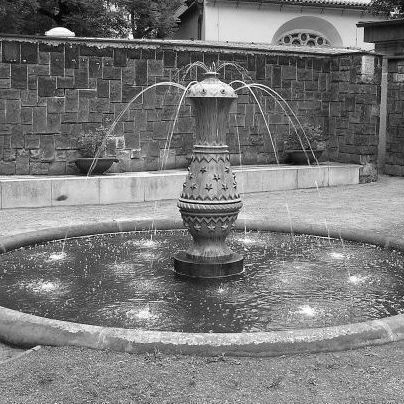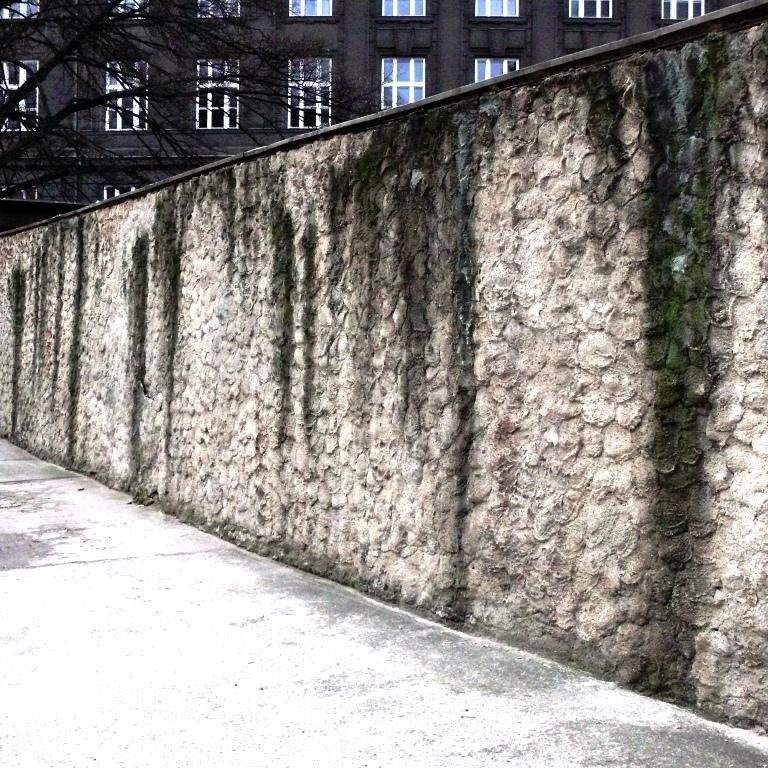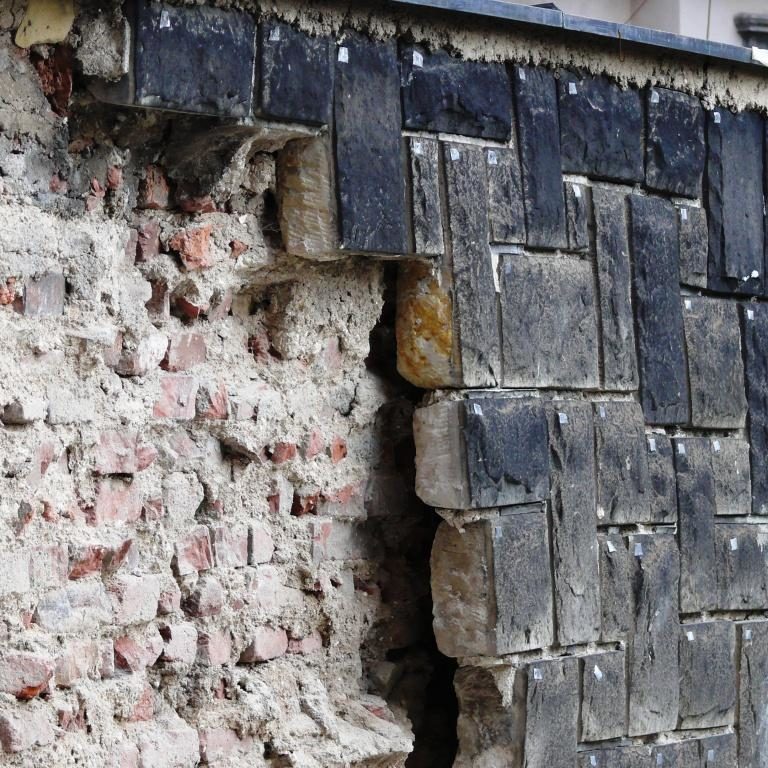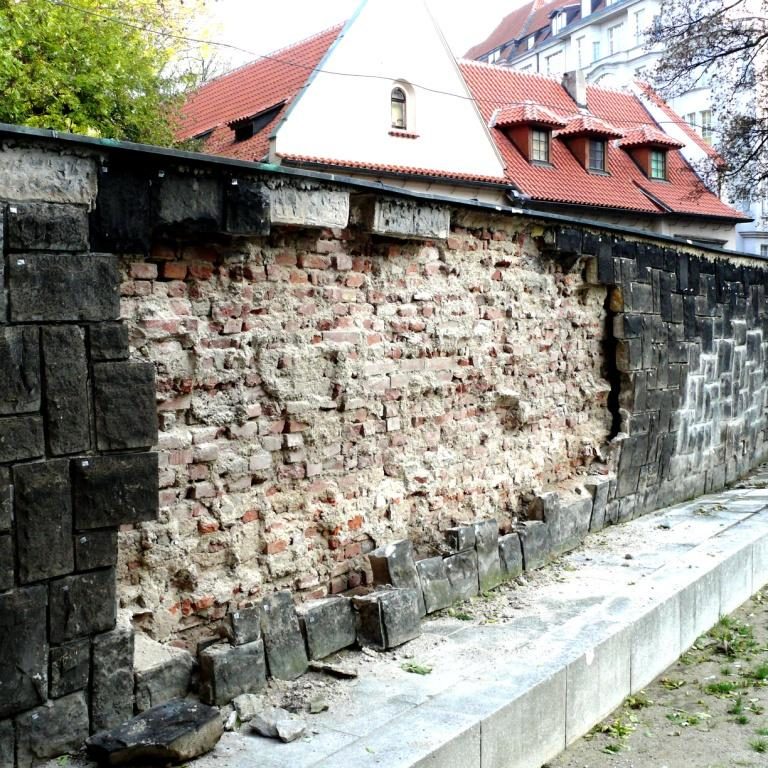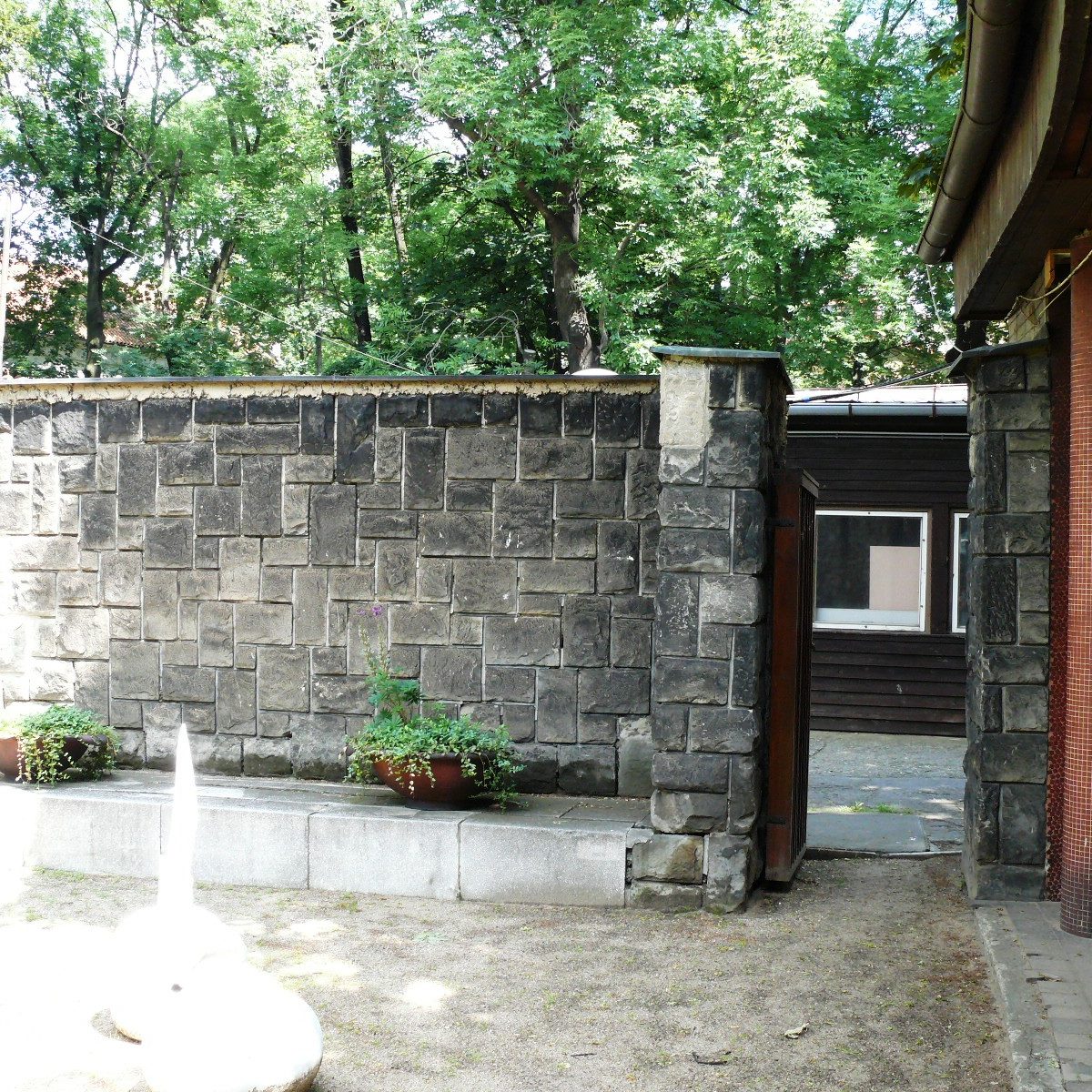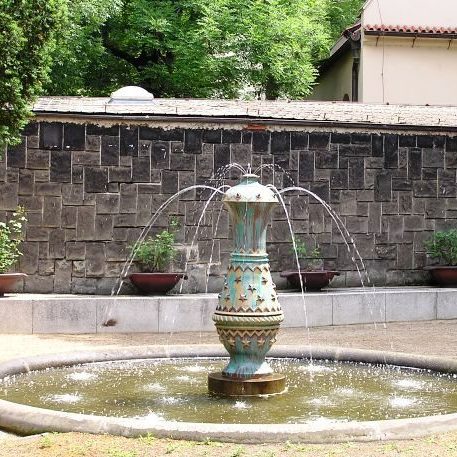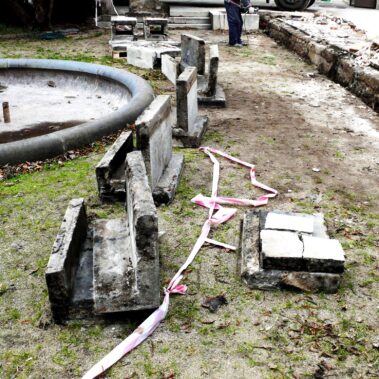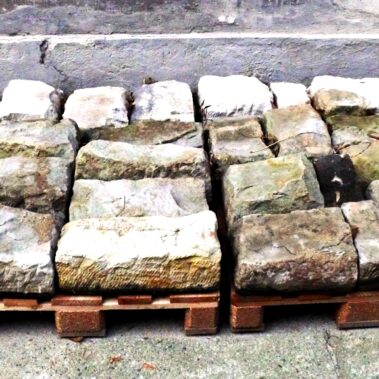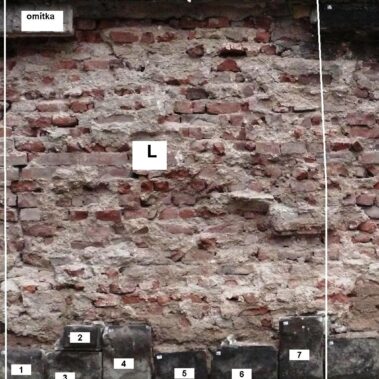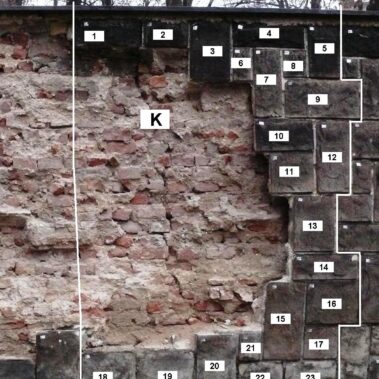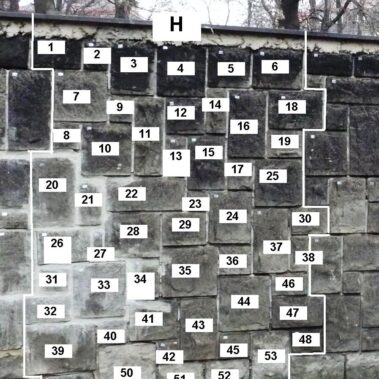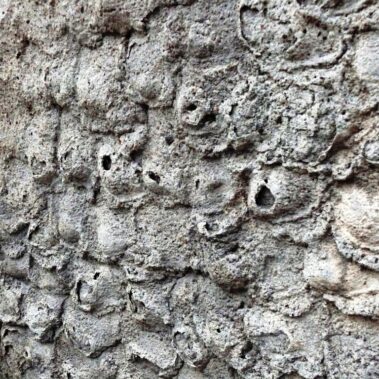Garden Wall of the Museum of Decorative Arts Complex, Praha - Old Town, Czech Republic

| Address: | Umělecko průmyslové museum v Praze, 17. listopadu 2, 110 00 Praha |
|---|---|
| Description of work: | Dismantling of damaged historic wall |
| Investor: | Museum of Decorative Arts in Prague |
| Contractor: | GEMA ART GROUP a.s. |
| Implementation: | 12/2011 – 01/2012 |

The Museum of Decorative Arts in Prague is an important national institution in the field of both Czech and worldwide applied art and design, with a special emphasis on book art and textiles. Results of the museum’s work are presented in specialist publications, temporary exhibitions and in permanent expositions.
The institution was founded in 1885 by the Prague Chamber of Commerce and its collection was presented in the exhibition rooms of the nearby Rudolfinum.
The building which now houses the Museum of Decorative Arts was constructed between 1897 and 1899 in the style of the Italian Renaissance. It was officially opened in 1900. The author of the design was the well-known Czech architect Josef Schulz (1840 – 1917), who drew inspiration from both Italian and Czech Renaissance and also incorporated elements of Viennese Historicism. Among his best known projects are the Rudolfinum building and reconstruction and completion of the National Theatre in cooperation with Josef Zítek (1832 – 1909). The exterior of the museum is ornamented with a number of bas-reliefs representing crafts such as wood-carving, goldsmithing and stonemasonry and depicting historic emblems of Czech towns (Beroun, Hradec Králové, Mladá Boleslav, Domažlice among others). The bas-reliefs are the work of artists Antonín Popp (1850-1915) and Bohuslav Schnirch (1845-1901), both renowned sculptors of the second half of the 19th century, who also contributed to the external decoration of the National Theatre, the Rudolfinum concert hall, the National Museum and the buildings of the Prague Municipal Insurance Company and the Czech National Bank. The interior of the museum has rich stucco decorations, an imposing staircase with a brass candelabra donated to the museum by the inventor and industrialist František Křižík (1847-1941) and extensive wall paintings.
Already at the time of the foundation of the museum its future expansion had been considered and additional land for this purpose purchased in 1913. During the following years this plot was used as an outdoor exhibition area. One of the important events was an exhibition of cast iron artworks, prepared in 1933 by the architect Antonín Heythum (1901 – 1954), who also contemplated landscaping of the whole outdoor space within the framework of the exhibition. His plans were not realised and only a fountain, designed by him, was installed.
Major redevelopment of the outdoor area had not taken place until 1940 and coincided with a large-scope exhibition project titled “The New Architecture”, intended to present an overview of the development of Czech architecture between the years 1900 and 1940. The landscaping of the garden constituted an exhibit in its own right, designed to represent modern architectonic landscaping concepts. Several architects, such as Karel Honzík, Ladislav Žák, Ladislav Machoň and Augusta-Müllerová Machoňová, participated in the garden make-over.
The garden was accessed directly from the exhibition hall on the elevated ground floor via a terrace, from which steps led to the ground. The garden perimeter wall was designed by the architect Ladislav Machoň and his wife Augusta. It was built from full bricks on a wider base, constructed from terracotta prefab blocks and clad in deep-ochre coloured sandstone panels. The crown of the wall was covered with man-made stone panels. Planters with flowers were placed alongside the wall. A pear-shaped fountain decorated with four bands of stars, designed by the sculptor Helena Johnová, was one of the focal points of the garden. The visitors could also admire the glass mosaic, work of the renowned artist Jan Zrzavý. The mosaic is now part of the permanent indoor expositions.
The garden continued to be used as an outdoor exhibition space during the following years. In 1961 ceramic works by the artist Alena Kroupová were shown here, followed by an exhibition of work by Jaroslav Podmokel and František David in 1962.
During the years to follow the garden fell into disrepair and only in the year 2000 were first steps to its gradual reconstruction undertaken. The Museum of Decorative Arts would wish to return the garden to its original appearance from 1940 and to this purpose an identical copy of the fountain has been manufactured, as the original was beyond repair. The wall designed by the Machoň husband and wife team was also in a critical state and had to be dismantled and the restorers from GEMA ART GROUP a.s. participated in this task. It is hoped that the garden will be returned to its original state after complete restoration, which will last several years.
Bulk of the work carried out by GEMA ART GROUP a.s. consisted of expert dismantling, inventory and photo documentation of the original wall by the architect Ladislav Machoň and his wife Augusta Müllerová-Machoňová.
The wall was brick-built on a base of terracotta blocks and clad on the inside with panels of deep-ochre coloured sandstone. The outer side of the wall was covered in rough plaster and its surface coated. The crown of the wall was originally protected by artificial stone panels, which were later replaced by tin. Restoration survey of the wall had been carried out prior to current work, in 2009.
The wall was found to be in a derelict state. The main cause of the deterioration was the gradual subsidence of the masonry, which damaged its cohesion. The movement of the masonry also altered the angle of some of the terracotta blocks, which in turn caused rain water to flow towards the masonry rather than away from it. The wall was further degraded by the thick layer of dirt, which in places formed impenetrable crusts. The missing pointing had been in the past repeatedly repaired, but it continued to crumble away and deteriorate. Finally, in August 2011, the sandstone cladding of the wall partially collapsed and the need for immediate action became obvious.
The museum staff ensured a careful documentation prior to professional dismantling of the wall under the management of the GEMA ART GROUP a.s. Individual stone panels were removed by hand without any use of heavier machinery to prevent even the slightest damage to the historically valuable masonry.
Individual segments of the wall were prior to dismantling marked with letters from A to Q and each stone subsequently numbered. All remnants of mortar were removed before the stone was transported away. The terracotta base was also taken apart during the process.
All original building material was taken to the depository of the Museum of Decorative Arts in the town of Brandýs nad Labem, where it will be stored for the time being.
Once the planned reconstruction and re-establishment of the museum garden is underway, the materials used in the original wall will be returned to the site.
V areálu Uměleckoprůmyslového musea lze navštívit:
1. Stálé expozice: 120Kč dospělí/70 Kč snížené vstupné
2. Krátkodobé výstavy: 80 Kč dospělí/40 Kč snížené vstupné
Otevírací doba:
pondělí: zavřeno
úterý: 10:00 – 19: 00
středa až neděle: 10:00 – 18:00
Více informací naleznete ZDE.



